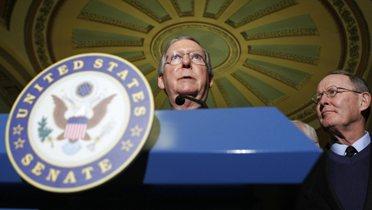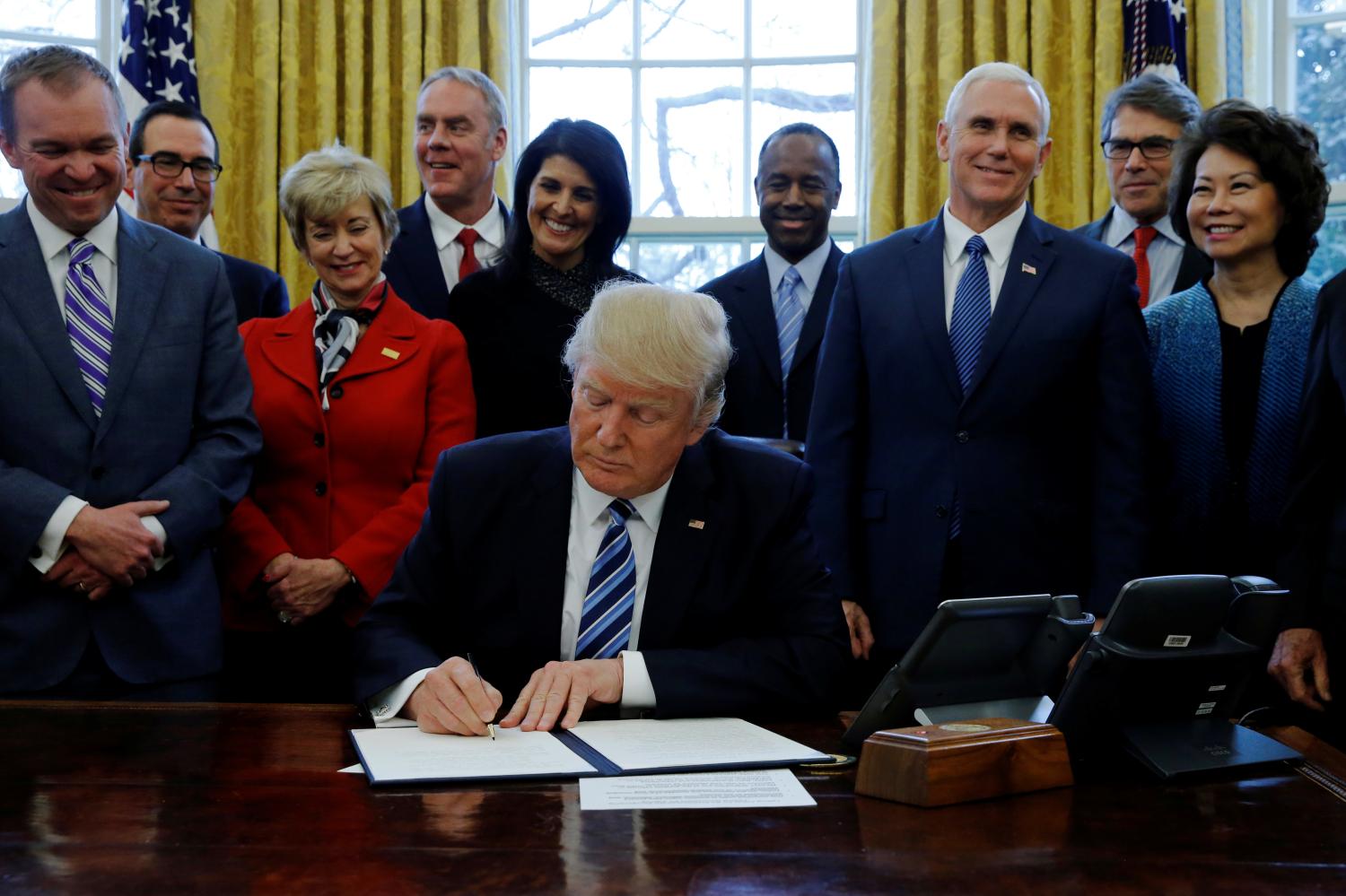Executive Summary
The United States Senate, known for the stability of its rules, exposed its procedural fragility in the first decade of the 21st century. The parliamentary arms race between the parties that has unfolded in the Senate in recent decades eventually brought the Senate to the brink of chaos in 2005. Tensions had been building for years—minority obstructionism motivated majority countermoves, generated partisan incrimination, and led to more obstruction and preemptive action. In the spring of 2005, the majority leader promised to change the application of Senate’s most distinctive rule, Rule XXII, by a ruling of the presiding officer, rather than suffer more delay in acting on several judicial nominations. The minority promised to retaliate by “going nuclear”—making the Senate ungovernable by obstructing nearly all Senate action—but a small group of senators negotiated an arrangement that allowed neither party to follow through on its threats.
Since early 2005, majority leaders have taken steps to avoid or control debate and amending activity. The result is a Senate, long known for the flexibility and informality of its floor proceedings, that is more bound by formal rules and precedent than at anytime in its history. In today’s Senate, each party assumes that the other party will fully exploit its procedural options—the majority party assumes that the minority party will obstruct legislation and the minority assumes that the majority will restrict its opportunities. Leaders are expected to fully exploit the rules in the interests of their parties. The minority is quick to obstruct and the majority is quick to restrict. Senators of both parties are frustrated by what has become of their institution.
This obstruct-and-restrict syndrome is new to the Senate. In this paper, I report how the Senate, a body of legislators who long took pride in the informality and civility of their deliberations, became so obsessed with parliamentary procedure. I conclude by noting a few of the lessons from the story about the role of the Senate, the blame to be attributed to senators and the parties, and the prospects for reform.
The Brookings Institution is committed to quality, independence, and impact.
We are supported by a diverse array of funders. In line with our values and policies, each Brookings publication represents the sole views of its author(s).




